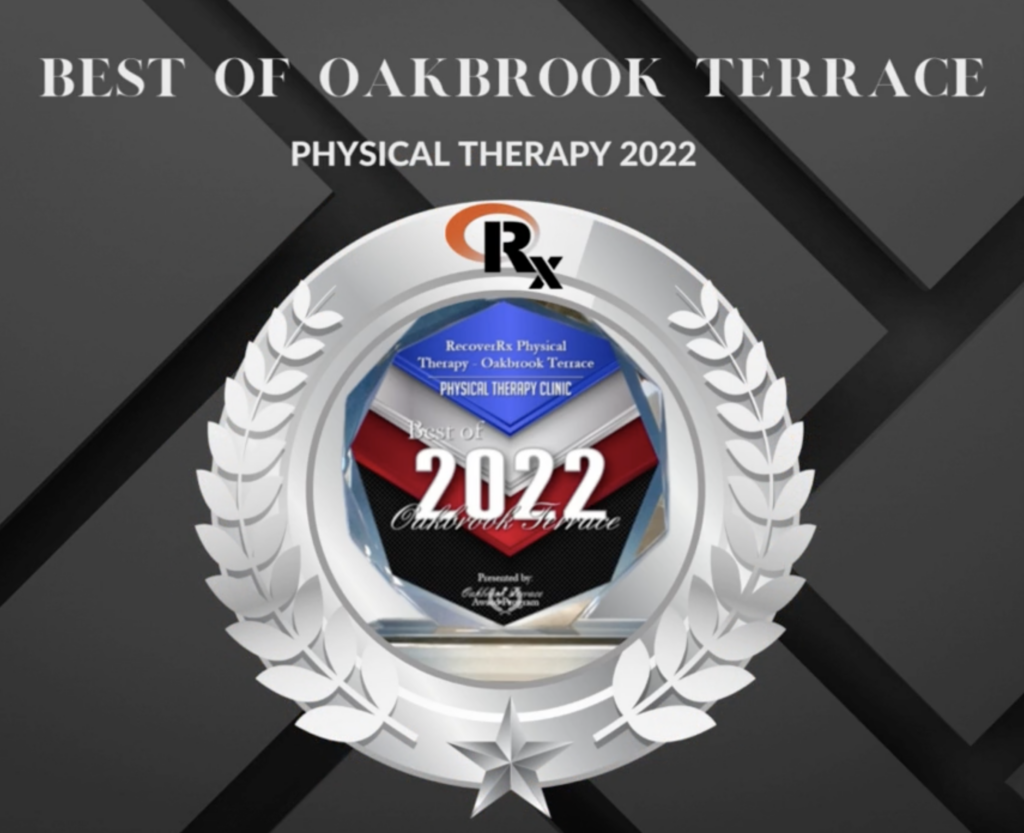By Dr. Ariel Sernek, PT, DPT
As some of my clients and all of us at RecoverRx know, I just had my first baby! As a pelvic floor physical therapist, there were some things that I implemented to help assist in having the best labor and delivery within my control. I get a lot of clients reaching out and telling me, “I wish I would have known this prior to giving birth” or “I was told to just wait until after having my baby.” These are common phrases that don’t have to be said if doctors and society were more open to talking about pelvic floor physical therapy. If you knew there was something you could be doing, wouldn’t you rather do things preventatively rather than reactively?

Physical Therapy can Help you Prepare for Delivery and Labor in Several Ways:
1. Improve strength and endurance: Labor and delivery can be physically demanding. Physical therapy can help you build muscular endurance and strength, especially in the pelvic floor muscles. We also teach how to lengthen the muscles which is the direction they go into as the baby comes down the birth canal and starts to crown. Have you or someone you know pushed and then baby would come back up? Your pelvic floor muscles could have been too tight and the culprit for a delayed or prolonged labor.
2. Promote flexibility and mobility: Flexibility in the hips, back, and pelvis is important for childbirth. Especially internal hip rotation. Physical therapy can help improve joint mobility and flexibility, making it easier for you to move during labor. The American College of Obstetrics and Gynecology actually recommends moving and being upright in the first stages of labor.
3. Teach breathing techniques: Controlled breathing techniques can help manage pain and anxiety during labor. Physical therapists can teach relaxation and breathing techniques to help you stay calm during delivery. I also give a challenging pain management strategy to my clients too.

4. Provide education: Physical therapists can educate you on the stages of labor, birthing positions, and strategies for pain management. A physical therapist can give you all the information for your partner too, so you can have a supportive partner in your birthing room.
5. Postpartum recovery: Physical therapy can also help with postpartum recovery by addressing issues such as diastasis recti (separation of abdominal muscles) and pelvic floor dysfunction. This can help you regain strength and function in your core and pelvic floor muscles. All of these diagnoses can be improved when you START THERAPY WHILE YOU ARE PREGNANT.
Some of my personal tips/tricks that I did during pregnancy were to drink plenty of water, start perineal stretching, have a nightly flexibility routine (at least), keep activating my deep core throughout pregnancy, drink the red leaf raspberry tea, and use my pain management strategies. I also got to teach my husband how I would like him to communicate with me, how to manually apply pressure and assist me in positions to progress my labor.
Overall, physical therapy can help prepare you both physically and mentally for labor and delivery, and can also support your recovery after giving birth.
If you have any questions or think this can help you (whether this is your first pregnancy or 4th), give us a call today!




